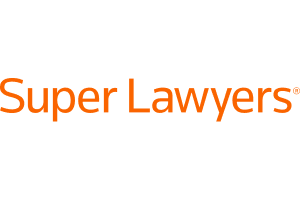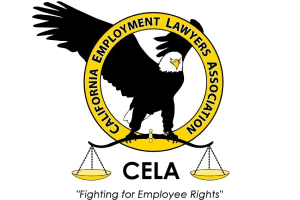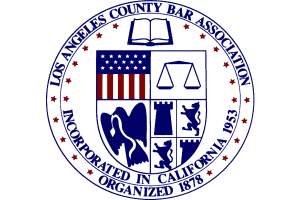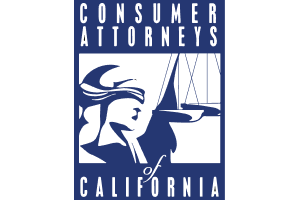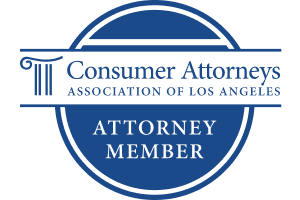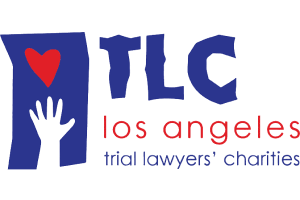Employee Rights
What are Examples of Harassment in the Workplace?
Employees should be treated with respect and dignity. However, when workplace harassment occurs, the targeted employee is treated with disrespect and is robbed of his or her dignity. Workplace harassment is a form of employment discrimination when it violates one or more anti-discrimination laws. Anti-discrimination laws that forbid certain types of workplace harassment include California’s preeminent anti- discrimination law, the Fair Employment and Housing Act (FEHA), as well as federal laws such as Title VII of the Civil Rights Act of 1964, the Americans with Disabilities Act of 1990, and the Age Discrimination in Employment Act of 1967. Workplace harassment is unlawful if it is based on one of the characteristics protected by an anti-discrimination law.
What Exactly is Workplace Harassment?
While in general terms, harassment is conduct aimed to annoy or bother another person in a constant or repeated manner, to be unlawful, the harassing conduct must be:
- Unwelcome (e.g. from the victim’s perspective, the conduct is unwanted)
- Based on the victim’s protected status (e.g. motivated by a personal characteristic of the victim, a personal characteristic-such as the victim’s sex-protected by FEHA or another anti-discrimination law)
- Subjectively abusive to the victim
- Severe or pervasive enough from an objective standpoint to create a work environment that a reasonable person in the victim’s situation would find hostile or abusive (The severe or pervasive requirement is intended to distinguish conduct that can truly create a hostile or abusive workplace from isolated, insensitive remarks or comments that might make the worker uncomfortable, but which are, arguably, ordinary hazards of social interaction in the workplace)
A finding of unlawful workplace harassment is particularly likely in situations where the employer, after learning of the harassment, fails to take reasonable steps to prevent the harassment from continuing.
Unlawful Motivating Reasons for Harassment
While federal laws such as Title VII do provide certain protections against workplace harassment, the motivating reasons for harassment that are unlawful under those laws are somewhat limited, and smaller employers are excluded. For these reasons, most workplace harassment lawsuits brought in California rely on the broader protections available under FEHA. Under FEHA, workplace harassment is unlawful if it is based on any of the following protected personal characteristics:
race (The term “race” includes traits historically associated with race, including hair texture and protective hairstyles such as braids, locks, and twists) California Government Code section 12926(w)(x)
religious creed (the term “religious creed” includes all aspects of religious belief, observance, and practice, i.e. religious dress and grooming practices) California Government Code section 12926(q)
color (e.g. skin color)
actual or perceived national origin and ancestry
physical disability
mental disability
medical condition and genetic information
marital status
sex, sexual orientation, gender, gender identity, and gender expression
age (limited to individuals at least 40 years of age) California Government Code section 12926(b)
Whistleblowing. Anti-discrimination laws also prohibit harassment based on an employee reporting the employer’s wrongdoing. For example, California Labor Code section 1102.5 prohibits discrimination, including harassment, based on an employer’s belief that an employee has, among other things, disclosed information to a government agency, or testified before a public body conducting an investigation, hearing, or inquiry, if the employee has reasonable cause to believe that the information disclosed concerning the employer’s conduct is a violation of state or federal statute. See Whistleblower Lawyer.
Examples of Workplace Conduct, Which, if Based on a Protected Personal Characteristic, Can Be Workplace Harassment
When workplace harassment is mentioned, the first thing that comes to mind for most people is sexual harassment, usually a male supervisor conditioning favorable work conditions (continued employment, promotions, satisfactory performance reviews) for a female subordinate upon acceptance of unwelcome sexual advances or requests for sexual favors. While sexual harassment is a common form of workplace harassment, sexual harassment is just one of many examples of workplace harassment. Other examples include:
- Unreasonable Interference with Work Performance. An example of this might be a supervisor or coworker who repeatedly removes tools required for the victim to perform his or her job from the victim’s work station and hides them.
- The Display of Offensive Objects or Pictures. An example of this might be a worker of one race, whose workspace is next to the workspace of a worker of another race, who posts pictures or drawings with depictions that the second worker finds racially offensive. When the worker, who posted the objectionable item, is asked to remove it, the worker either refuses to do so or he later displays another offensive item.
- Offensive Jokes, Naming Calling, Epithets, Offensive Gestures, or Slurs. An example of this might be a heterosexual supervisor or coworker who repeatedly makes inappropriate remarks concerning homosexuals and tells “gay” jokes in the workplace, knowing they are being overheard by a homosexual coworker who has complained that such conduct is offensive.
- Insults or Put-Downs. An example of this might be a supervisor who repeatedly makes fun of a subordinate with an unusual way of speaking.
- Physical Assaults or Threats. An example of this might be a supervisor who physically brushes up against a subordinate whenever he passes by her. (note: this might also be an example of sexual harassment.) Another example would be a supervisor, in the guise of team building or male bonding, who routinely blocks or shoves a subordinate, though the subordinate may not suffer any actual physical injuries.
- Intimidation. An example of this might be a supervisor repeatedly verbally lashing out at a subordinate or bullying (aggressive, contemptuous, and abusive behavior aimed at the victim) the subordinate. Intimidation is a form of psychological harassment, which are behaviors aimed at breaking down an employee’s self-esteem and weakening an employee’s mental wellbeing. Other examples of psychological harassment include a supervisor taking credit for an employee’s work, requiring an employee to perform demeaning tasks outside the employee’s job scope, or imposing unreasonable or impossible demands on the employee.
- Mockery. An example of this might be a supervisor who repeatedly mimics a physical characteristic or impediment of a disabled employee.
- Exclusionary Tactics. An example of this might be a supervisor who repeatedly declines to invite a subordinate of another race or sexual orientation, etc. to staff meetings or fails to inform the employee about company social events or opportunities for advancement.
This list is not exhaustive. Harassing behavior has to be examined on a case by case basis to determine whether a claim for workplace harassment based on such behavior is likely to succeed.
Contact Us
If you believe you have been unlawfully harassed at work, or if you believe your employer or former employer has otherwise violated your rights, call the experienced employment law attorneys at Kokozian Law Firm, APC or Contact Us via our online form.


